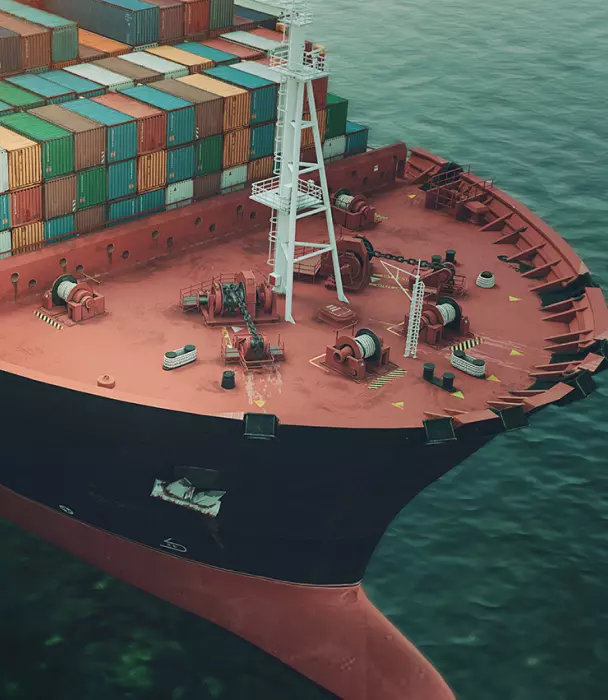In recent years, 3D printing technology has emerged from the fringes of innovation to become a core driver of manufacturing and logistical change. This disruptive technology enables the creation of complex objects through layer-by-layer production, often bypassing the need for traditional manufacturing processes. As 3D printing technology continues to evolve, its impact on global supply chains and the freight forwarding industry is becoming increasingly significant.
Transforming Manufacturing Locations
Traditionally, manufacturing has been concentrated in select locations due to economies of scale and access to skilled Labor. However, with 3D printing, production can be decentralized and localized. Instead of relying on large-scale manufacturing plants, companies can establish smaller, distributed production facilities closer to the end consumers. This could lead to a fundamental shift in manufacturing locations and supply chain networks, as products could be produced on-demand and closer to the point of consumption.
The potential localization of manufacturing could lead to a more resilient supply chain. During the COVID-19 pandemic, for instance, the ability to print medical supplies and personal protective equipment locally showcased the flexibility and rapid response capabilities of 3D printing technologies. As businesses seek to mitigate risks by reducing dependency on distant suppliers, 3D printing could offer a viable solution.
Reducing the Need for Certain Types of Freight
One of the most significant impacts of 3D printing on freight forwarding is the potential reduction in the need for certain types of freight. With traditional manufacturing, products are typically produced in a centralized location and then shipped to various distribution centers or retailers around the world. This necessitates extensive logistics and transportation networks. However, with 3D printing, the need to transport finished goods over long distances can be significantly reduced. Instead, companies can transmit digital designs to local 3D printers near the end consumers, thereby eliminating the need for global shipping of the finished products.
Moreover, the need for warehousing and inventory could also be significantly reduced, as 3D printing enables just-in-time production. This not only lowers storage costs but also diminishes the risk of overproduction and waste, contributing to more sustainable production and supply chain practices.
Shifting Global Trade Dynamics
As 3D printing enables more localized and on-demand production, it could lead to a shift in global trade dynamics. Currently, many countries rely on international trade for specific products that are manufactured in other regions. However, with the widespread adoption of 3D printing, the need for importing these products may decline. Countries that have traditionally relied on exporting manufactured goods may need to rethink their economic models as importing nations begin to produce more goods domestically. This could lead to a reduction in the volume of international trade, particularly for products that are easily 3D printed.
This could potentially disrupt established trade relationships and have a profound impact on industries and economies that heavily rely on international trade. The reduced demand for certain types of imports could necessitate a re-evaluation of global supply chains and trade policies.
However, this shift also presents opportunities for new trade flows to emerge, particularly in the raw materials for 3D printing and in the trade of digital designs and patents. Intellectual property rights will become increasingly important as the digital blueprints for products can be sold and transmitted globally, opening new revenue streams for creators and manufacturers.
The Impact on Freight Forwarding
For freight forwarders, the rise of 3D printing technology presents both challenges and opportunities. Adapting to a world where fewer physical goods need to be transported long distances will require innovation and flexibility. Freight forwarders can capitalize on this shift by offering value-added services, such as managing the logistics of raw materials for 3D printing, providing digital supply chain solutions, or facilitating the international trade of 3D printing files under appropriate intellectual property protections.
As the logistics landscape transforms, embracing and demonstrating flexibility are essential. At All Forward, we strategically position ourselves at the cutting edge of technological advancement and industry innovation. This proactive approach ensures we are equipped to navigate and thrive in the digital era, continuously meeting and exceeding the evolving demands of our customers and the market.


